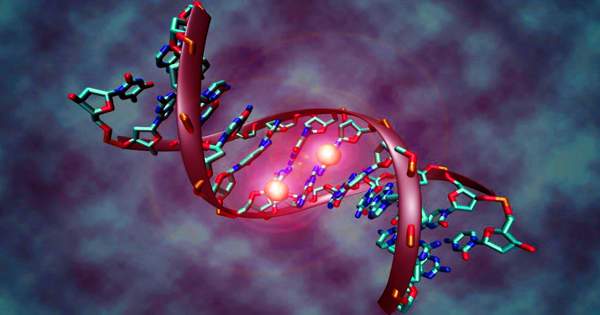Many people struggle to maintain a healthy weight, and choosing the optimal meals for weight loss can be challenging. A research team at the University of Illinois Urbana-Champaign has developed a weight management program that helps individuals plan meals with the assistance of a web application and support from a registered dietitian. In a new study, they discuss the app’s features, development, and implementation.
“The overall goal is to develop an online weight loss program that can be used as prevention as well as treatment in a clinical setting,” said co-author Manabu Nakamura, associate professor in the Department of Food Science and Human Nutrition and the Division of Nutritional Sciences, part of the College of Agricultural, Consumer and Environmental Sciences at Illinois.
The program’s first iteration, the Individualized Dietary Improvement Program (iDip), was an in-person program where participants received education and feedback from registered dietitians. Subsequently, iDip was converted to a fully online program, EMPOWER, to increase accessibility. The researchers tested the program’s efficacy with individuals in rural Illinois.
EMPOWER has three components: Educational materials about nutrition; an online app where participants can design meals for weight loss and monitor their progress; and personalized support from registered dietitians, who are available for online chats.
“There are already many apps available that can help you count calories. If you have a negative calorie balance, you can lose weight, but it’s not always healthy. The worst thing you can do when you cut calories is to also cut protein. Then you don’t lose fat mass, you are losing muscle and bone mass. To obtain a safe and effective weight loss, you need more protein and fewer calories,” Nakamura said.
That’s why the research team developed MealPlot, an interactive feature that charts protein and fiber content in food.
In the first version, participants got a smart scale that was connected to the app and their weight would automatically be entered in the weight chart, so we could see the platform was working. In the second round, we had the protein and fiber chart developed so people could plot their meals.
Ashleigh Oliveira
“Other dieting apps are usually macronutrient calculators. But we want people to focus on finding foods that have a high protein and fiber density to get them to their meal goals. It’s less about counting calories and more about finding the foods that will satisfy us and provide the protein we need to maintain muscle mass as we lose weight. Foods that are high in fiber also have all the micronutrients we need, so we’re not missing out on vitamins and minerals as we’re eating less food,” said lead author Ashleigh Oliveira, a doctoral student in DNS.
People enter the food they want to eat into a chart that plots fiber and protein content. The goal is to ensure each day’s overall food intake falls within a specific protein/fiber target range.
“Intuitively, this does result in a calorie deficit for most people, because the foods that fit into your target zone on that chart are going to be satiating, such as lean meats, whole grains, fruits, and vegetables. Typically, the foods that lead to a calorie surplus are sugary or high fat and they won’t fit in the target zone,” Oliveira noted.
However, the chart is based on an inclusion strategy, where no foods are off limits. You can eat what you want, as long as the overall daily food intake fits into the target.
The MealPlot app is freely available and anyone can register for an account, but to get the full benefit you should work with a dietitian, the researchers said.
“People can follow the program on their own by reading the educational materials and using the meal planning chart. But if you want to lose more than 50 or 100 pounds, it will take at least a year, and you really need an established routine. People may be doing well for a while, but then their weight reaches a plateau, or they start gaining again. To get started on this kind of weight loss, most people need an experienced dietitian’s advice,” Nakamura said.
The program’s weight loss guideline is one pound per week, but there will be fluctuations, so it’s important to weigh every day to monitor the overall trends, he added. In the paper, the researchers discuss steps in the development of the app.
“In the first version, participants got a smart scale that was connected to the app and their weight would automatically be entered in the weight chart, so we could see the platform was working. In the second round, we had the protein and fiber chart developed so people could plot their meals,” Oliveira explained.
The MealPlot chart was based on the U.S. Department of Agriculture’s food database, which is very comprehensive but primarily intended for scientists, and search terms were not intuitive for participants. The researchers worked extensively with web developers to create a more user-friendly platform that included common food names and categories.
The app’s final iteration includes a chat feature where participants can interact with dietitians. There is also a platform for dietitians, where they – upon permission – can log in to monitor their clients’ weight charts and food records.
















